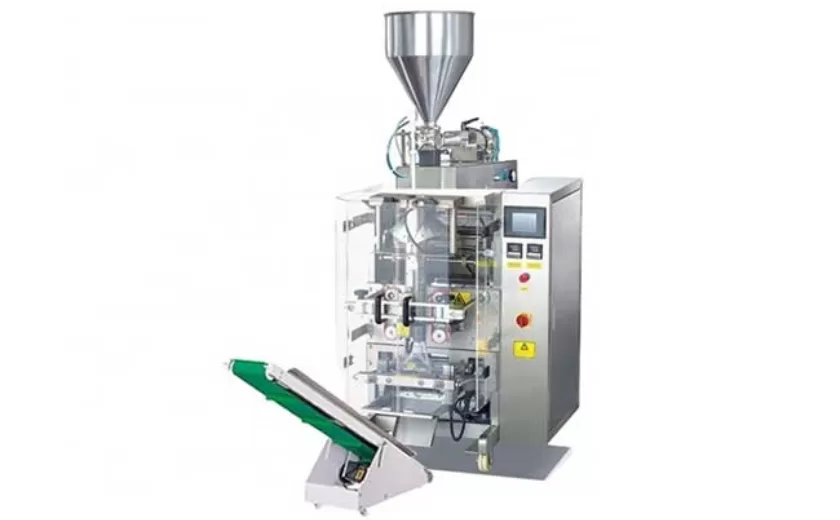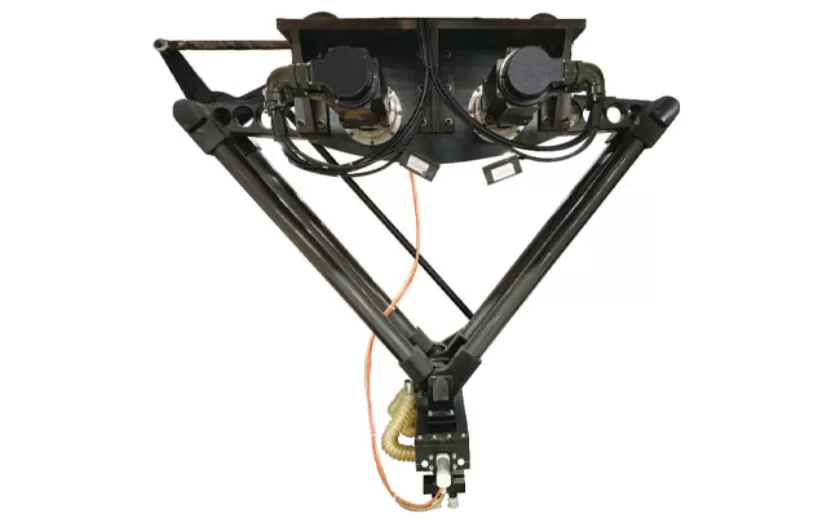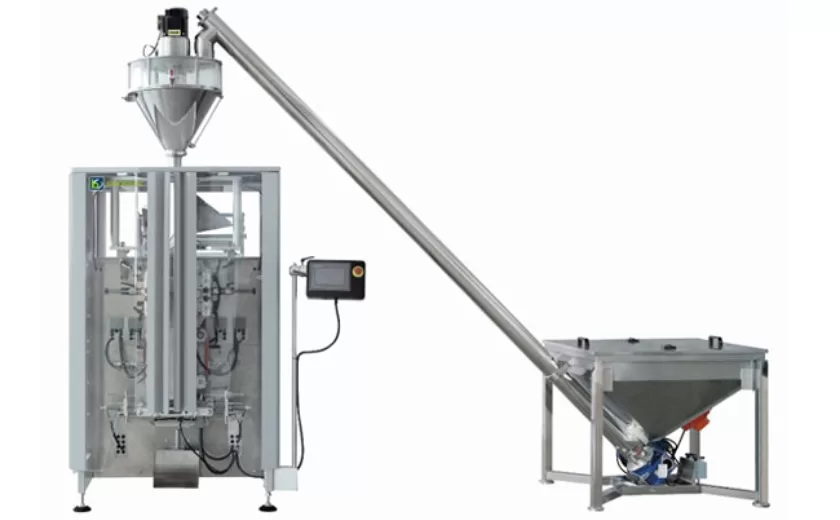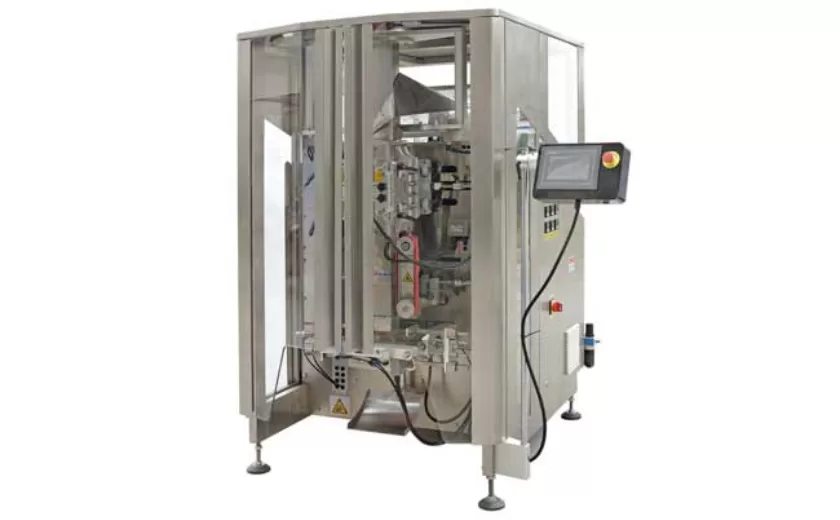The Future of Tomato Paste Packing Machines- Trends and Technologies
The global market for tomato paste is expanding as consumers seek out convenient and flavorful ingredients for their culinary creations. To meet this demand, manufacturers are increasingly turning to advanced packing machines that optimize efficiency, reduce costs, and enhance product quality. This article explores the latest trends and technologies shaping the future of tomato paste packing machines.
Automation and Robotics
Automated and robotics systems are revolutionizing tomato paste packing lines. Robotic arms can perform repetitive tasks, such as picking and placing containers, with precision and speed. Automated vision systems can inspect products for defects and ensure accurate labeling. These technologies reduce labor costs, minimize human error, and increase production capacity.
Hygienic Design
Food safety is paramount in the tomato paste industry. Modern packing machines incorporate hygienic designs to prevent contamination. Stainless steel construction, easy-to-clean surfaces, and automatic sanitization systems ensure that tomato paste products remain safe and free of harmful bacteria.
Sustainable Packaging
Environmental sustainability is a key focus for manufacturers. Tomato paste packing machines are adapting to handle eco-friendly packaging materials. Biodegradable and compostable films, paperboard containers, and recyclable plastics are becoming more common to reduce waste and protect the environment.
Data Analytics and IoT
Data analytics and the Internet of Things (IoT) are transforming packing processes. Sensors and connected devices can collect real-time data on machine performance, product quality, and inventory levels. This data can be analyzed to identify areas for improvement, optimize operations, and predict maintenance needs.
Flexible and Versatile Machines
Tomato paste manufacturers often produce a variety of products, requiring flexible packing machines that can handle different container sizes, shapes, and filling speeds. Modular systems and quick-change tooling allow machines to be easily reconfigured to meet changing needs.
Advanced Sealing and Dispensing Systems
Accurate and leak-proof sealing is essential for preserving tomato paste quality. Ultrasonic welding, induction sealing, and hot air sealing technologies provide secure and reliable closures. Advanced dispensing systems ensure precise filling and minimize product waste.
Smart User Interfaces
User-friendly interfaces make packing machines easy to operate and monitor. Touchscreen displays, intuitive menus, and remote access capabilities allow operators to control machines and make adjustments in real-time. This simplifies training and improves overall efficiency.
Conclusion
The future of tomato paste packing machines lies in advanced technologies that enhance efficiency, hygiene, sustainability, and flexibility. Automation, robotics, hygienic design, sustainable packaging, data analytics, and smart user interfaces are shaping the evolution of these critical machines. As the tomato paste market continues to grow, manufacturers will rely on innovative packing solutions to meet consumer demand and stay competitive in the global marketplace.
-
Advanced Packing Solutions: Snacks, Sugar, and Frozen Food Machines
29-10-2025 -
Efficient and Reliable Solutions for Salt, Nuts, and Frozen Dumplings Packing
29-10-2025 -
High-Performance Biscuits, Lollipop, and Ketchup Packing Machines for Modern Food Production
29-10-2025 -
Efficient Liquid Filling and Packing Machines for Modern Production
23-10-2025 -
Reliable Granule Packaging Machines for Efficient Production
23-10-2025 -
Efficient Auger Powder Filling Machines for Accurate Packaging
23-10-2025 -
High-Performance Liquid Filling and Packing Machines for Hygienic Production
10-10-2025 -
High-Efficiency Granule Packaging Machines for Precision and Speed
10-10-2025 -
High-Precision Auger Type Powder Filling Machines for Efficient Packaging
10-10-2025 -
Efficient Vertical Form Fill Seal Packaging Machines for Smart Production
10-10-2025











